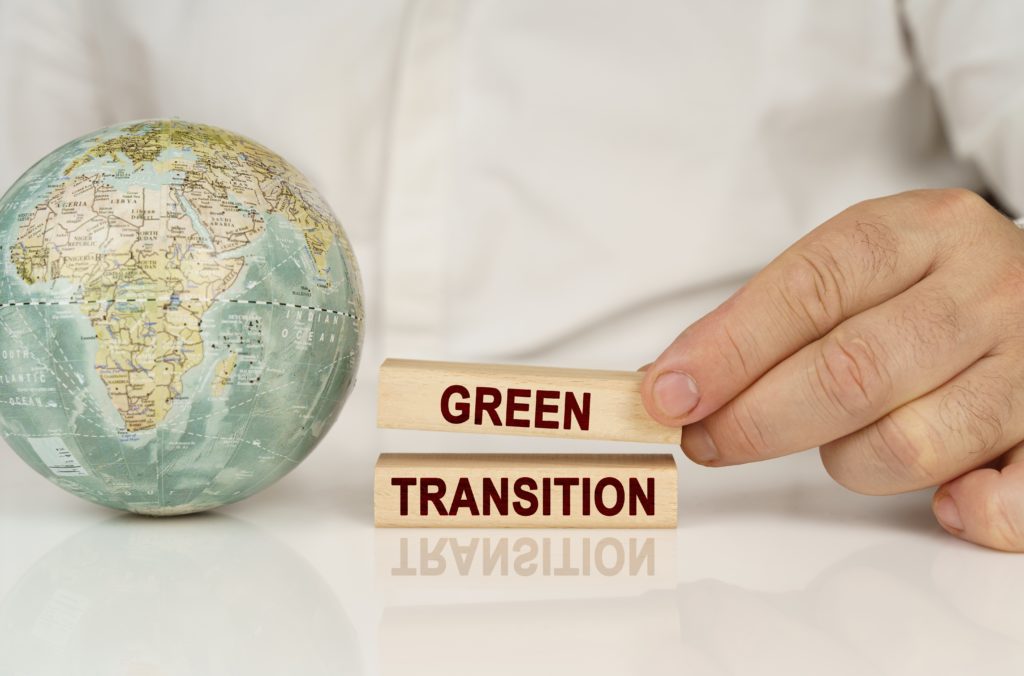Critical minerals are the backbone of modern industries, from electronics to renewable energy. Securing a local source is vital to underpin Australia’s sovereign manufacturing capability. This post outlines the potential of waste mining in Australia and the research needed to make it viable.
The Critical Mineral Conundrum
Critical minerals, such as gallium, indium, and vanadium, play pivotal role in manufacturing high-tech products like semiconductors, solar panels, and energy storage systems. These minerals are not just commodities; they are the lifeblood of innovation and economic growth.
Despite being a resource-rich nation, Australia relies heavily on imports for many critical minerals. This overreliance on global supply chains poses significant supply and national security vulnerabilities.
The Waste Opportunity
In the quest for resource security and self-reliance, Australia is increasingly turning to an unconventional source: waste. Our landfills, abandoned mining sites, and industrial waste contain untapped potential for these critical minerals. Here’s how we can seize this opportunity:
Mining Site Remediation: Australia has a rich mining history, and many abandoned sites still hold significant mineral deposits. Innovative remediation techniques can be employed to extract minerals while restoring these sites to their natural state.
Tailings Reprocessing: Mining operations generate vast quantities of tailings, often containing valuable minerals. Reprocessing these tailings using advanced techniques can unlock a local source of critical minerals.
Landfill Mining: Our landfills are treasure troves of discarded electronics and industrial waste. These contain critical minerals that we have already imported. Landfill mining techniques can be employed to recover critical minerals from these waste piles.
The Industry Problem
Although the potential of waste stream mining is promising, there are significant technical challenges to overcome. Research is the key to unlocking this potential. Here’s where research can make a difference:
Efficient Extraction Methods: Developing innovative and efficient extraction methods tailored to each waste source is crucial. Researchers can explore techniques like bioleaching or phytomining to maximise mineral recovery.
Waste Stream Characterisation: Accurately characterising waste streams is essential to identify potential sources of critical minerals. Advanced analytical techniques and data-driven approaches can aid in this process.
Sustainability Assessment: Research can assess the long-term sustainability and viability of waste stream mining, considering both environmental and economic factors. This assessment is essential to ensure responsible resource management.
Policy Frameworks: Robust policy frameworks can incentivise businesses and consumers to participate in waste stream mining. Research can inform the development of these policies.
The Path to Sovereign Manufacturing
Securing a local source of critical minerals is essential for Australia’s sovereign manufacturing capabilities. By harnessing the potential of waste stream mining and investing in the necessary research, we can reduce our reliance on global supply chains and fortify our economic and strategic interests.
Critical minerals from waste is not a direct substitute for traditional mining, but it helps shorten supply chains and reduces reliance on countries that might use access to critical minerals as a diplomatic tool. So developing an ability to extract critical minerals from our waste should also be viewed as a tool of national security.
As we embark on this journey, collaboration between government, industry, and research institutions will be paramount. Together, we can unlock Australia’s hidden wealth and ensure a prosperous and self-reliant future for our nation. The opportunity is here; the challenge is significant and the time for action is now.

